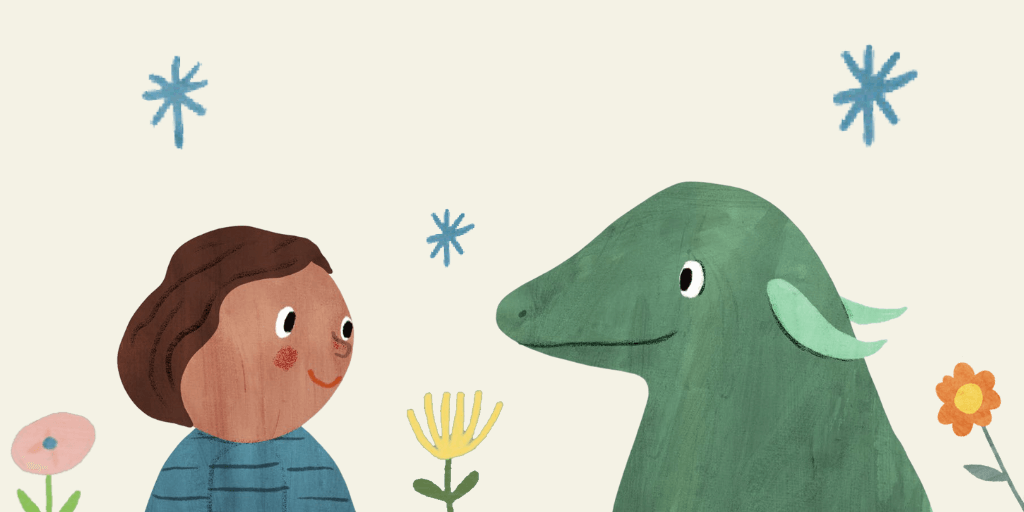
The little details
‘The little details’ blog article was written by Matthew Harvey, Therapeutic Specialist at Australian Childhood Foundation.
Oftentimes, when we are in need of help to make a difficult relationship easier, we turn to professionals, pick up a book or resource, or read a research article.
While these all have their place, it is also important to learn by watching the people around us.
Every single day, we see people interacting with each other. We see carers and their children navigating between states of regulation and dysregulation and finding a balance between it all.
Outside of our daily lives, we can also observe relationships in our media through books, movies, and television. We see the huge impact these mediums can have on people and their relationships, both in positive and not-so-positive ways.
I have wondered over time how I could contribute the ideas and learnings I have come to appreciate since being a therapeutic specialist in a creative way. This is where my idea for a small children’s book was born.
The idea was to give others a story and experience to see and reflect on with a child without the need to consult a professional, textbook or website.
One approach I strongly value is outlined by the work of Dan Hughes’ PACE. This model showcases the four skills of Playfulness, Acceptance, Curiosity, Empathy. This is an approach we can all use and learn from to create safety and strengthen our relationships with others (DDP Network, 2024).
In the story Dragon, I wanted to explore the theme of ‘anger.’
In the story, this anger shows up for Dragon in the way he shows his feelings in the colour of his breath and skin. I also wanted the reader to think about what else is going on for Dragon, beneath the surface experiences he shows others.
In the story, Dragon is angry on the outside because his things were taken, but underneath all of that is a sadness that he can’t trust others.
Being able to delve beneath the surface and explore the feelings and needs of others underneath what they show on the surface is the key to the concept of ‘Curiosity’
Another element I wove into the story is the idea of ‘Playfulness’.
When the Dragon was upset, the friend used Playfulness to bring them out of their shell by rolling and bouncing the ball to them before the dragon was ready to talk. A lesson I wanted to emphasise here was the importance of not pushing through or past hard emotions as we often do because we don’t have the time or it feels too hard.
The child in the story was also very ‘Accepting’ by allowing things to be as they are for Dragon.
It was this Playfulness and Acceptance that allowed Dragon to experience their difficult feelings and come out the other side. In rushing through someone’s emotions, we don’t give them the opportunity to process them, and often, they are pushed down and become even bigger.
We can also reflect and narrate an emotional experience for someone to help them process it, as the child did for the Dragon when they made the sign of the rhyme, which helped the Dragon express what was important to them.
This could be viewed as an example of ‘Empathy’ or stepping into someone’s world to have a better understanding of what’s happening for them.
Like Dragon, children and young people are often not able to fully communicate their internal experience with words. By using Playfulness, Acceptance, Curiosity and Empathy and slowing down to take the time, we get to truly know them.
References:
- https://www.berrystreet.org.au/news/how-to-adopt-a-relationship-building-approach
- https://ddpnetwork.org/about-ddp/meant-pace/
Subscribe to the Professionals Newsletter
Join our community of more than 40,000 professionals from around the world who receive our weekly newsletter containing articles. Our newsletters help connect you to our blog, research, and free resources as they are produced. We also keep you informed on training opportunities including access to experts in the field, webinars, international speaker tours, conferences and more.

